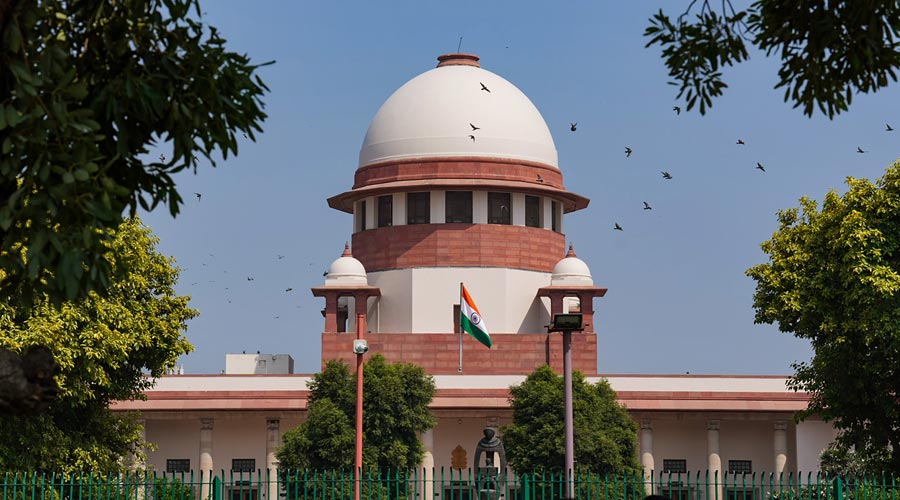By legalising passive euthanasia, India joined a select group of nations in 2018. It was a forward-looking step because the markedly different levels of education and income in India made any form of euthanasia a disconcerting concept. Yet it appears that the safeguards placed against the law’s misuse could have become forbidding. The Supreme Court’s recent decision to ease some of the conditions may remove a few of the perceived hurdles. That there have not been any cases of passive euthanasia in the last four years may be because the 2018 ruling not only involved legal officers at various stages but also made the living will subject to the court. The court’s pervasive presence in an acutely human situation likely to culminate in grief for family and friends not only made the process impersonal but cumbersome too, since it was difficult to imagine a grieving spouse or child rushing to court to ensure that their loved one’s living will was carried out.
Now the Supreme Court has made the hospital the greater decision-maker in assessing whether the patient’s living will can be activated, whether the patient is in an incurable coma when life-support can be withdrawn. Earlier, the committee after the first hospital review was convened by the district collector; now a government-nominated doctor will be present and committees will give reports within 48 hours, unlike the unlimited time allowed before. The judicial magistrate shall be informed but need not inspect or give approval. Neither would a judicial magistrate be needed to counter-sign a living will; a notary or a gazetted officer can do that. Specialists on the committee, lower in number than before, need not have 20 years of experience, just five. The return of control to physicians is welcome, but that does make their responsibilities more onerous. Openness between them and the patient’s kin is the first condition for the system to be meaningful, with the patient’s right to die with dignity as the only determining principle. Once these are established, the conditions for passive euthanasia may be made broader, for the idea of dignity has many facets while the notion of the living will could be reviewed too. India has difficulties special to it, but dignity for the dying is so overriding an objective that more thought can be expended on it for best results.










